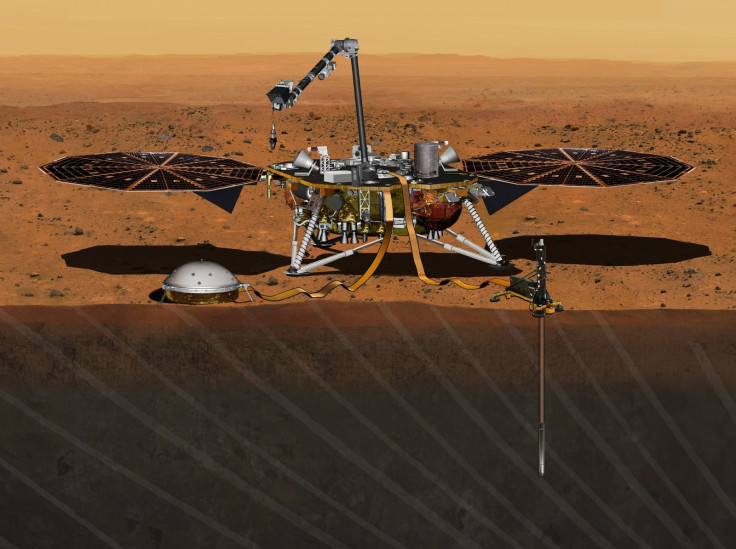Nasa's new Mars mission InSight hopes to uncover the mysteries of the Red Planet's interior
InSight is set for launch in May 2018.

Nasa's next mission to Mars, the first to examine the Red Planet's interior, is set to go ahead next May. The spacecraft will depart from Vandenberg Air Force Base in California in what will also be the first ever interplanetary space launch from America's West Coast.
The mission, called InSight, was originally planned for March last year; however, it was postponed due to a leaky container which creates near-vacuum conditions for the lander's main sensors. The part has since been redesigned and Nasa can now confirm the project is back on track.
"We have fixed the problem we had two years ago, and we are eagerly preparing for launch," said Tom Hoffman, InSight Project Manager of Nasa's Jet Propulsion Laboratory.
Nasa hope that data gathered from the mission will help us to understand more about how all rocky planets, including the Earth formed.
"Because the interior of Mars has churned much less than Earth's in the past three billion years, Mars likely preserves evidence about rocky planets' infancy better than our home planet does," said Bruce Banerdt, InSight Principal Investigator and leader of the international team that proposed the mission.
Currently, the spacecraft is undergoing final assembly and testing conducted by Lockheed Martin Space Systems.
Opportunities to reach Mars only occur roughly every two years and last just a few weeks due to its alignment with the Earth. So, while an exact date for the launch has not been given, the craft is expected to reach Mars sometime in November 2018, if the mission is successful.
The lander, which includes two unfolding solar panels that span 20 feet (6 metres), will touch down permanently near the equator of the Red Planet and will place its instruments on the surface using a robotic arm.
A heat probe will dig up to 10 feet (3 metres) into the Martian surface and will examine the energy coming from the planet's interior. Meanwhile, an incredibly sensitive seismometer, able to detect ground movements half the diameter of a hydrogen atom, will detect any seismic activity or meteor impacts, revealing more information about what's going on below the surface.
Finally, the lander will analyse radio transmissions between itself and Earth to determine exactly how Mars rotates on its axis giving researchers clues about the size of the planet's core.
InSight takes its place alongside a host of other current and planned missions to Mars by various space agencies, which will lay the groundwork for human exploration of the Red Planet, a goal Nasa hopes to achieve sometime in the 2030s.
© Copyright IBTimes 2025. All rights reserved.





















